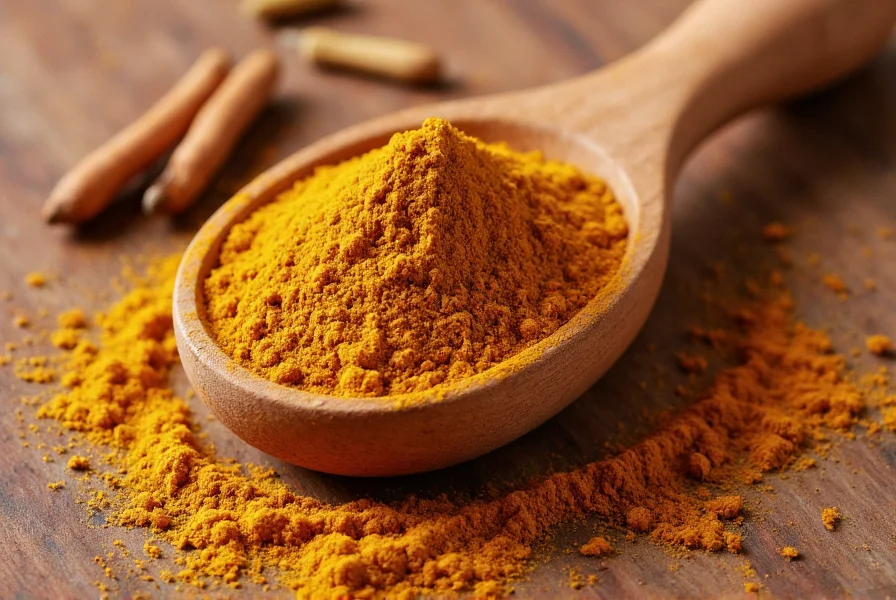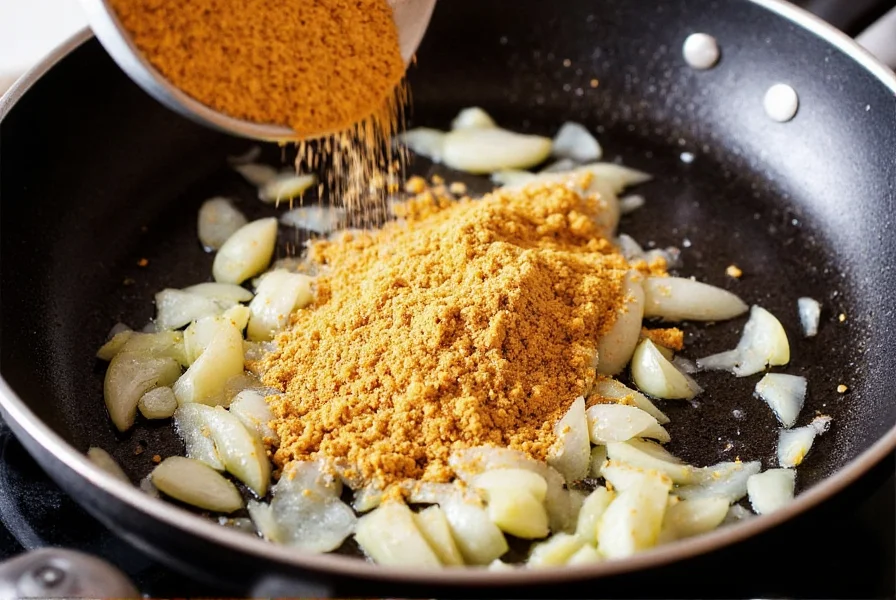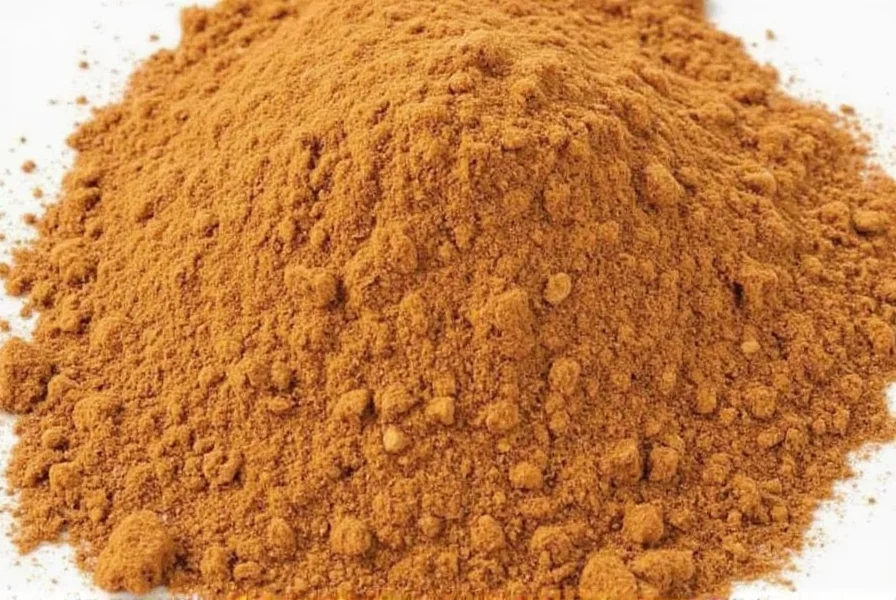Understanding the precise flavor profile of cumin powder helps home cooks and professional chefs alike harness its culinary potential. This ancient spice, derived from the dried seeds of Cuminum cyminum, has been a staple in global cuisines for thousands of years. Its distinctive taste makes it indispensable in Mexican, Indian, Middle Eastern, and North African cooking traditions.
The Complete Flavor Profile of Cumin Powder
Cumin powder's taste experience unfolds in distinct layers that engage multiple senses. Unlike many spices that offer a single-dimensional flavor, cumin provides a complex sensory journey:
| Flavor Dimension | Description | Intensity Level |
|---|---|---|
| Primary Flavor | Earthy, warm, slightly bitter | ★★★★☆ |
| Aromatic Notes | Toasted, nutty, with citrus undertones | ★★★☆☆ |
| Aftertaste | Subtle peppery finish with lingering warmth | ★★★☆☆ |
| Heat Level | Non-pungent (no actual heat like chili) | ★☆☆☆☆ |
How Cumin Powder Differs from Whole Cumin Seeds
Many home cooks wonder about the taste difference between ground cumin and whole cumin seeds. The transformation from seed to powder significantly alters the flavor experience:
- Whole cumin seeds offer a brighter, more citrus-forward flavor with pronounced nuttiness when toasted. The flavor release is more gradual during cooking.
- Cumin powder delivers immediate, more intense earthiness with slightly increased bitterness. The finer particles distribute flavor more evenly throughout dishes.
Professional chefs often recommend toasting whole cumin seeds and grinding them fresh for maximum flavor, as pre-ground cumin loses its volatile aromatic compounds more quickly. The shelf life of ground cumin is typically 6-12 months before noticeable flavor degradation occurs.
Culinary Applications and Flavor Pairings
Cumin powder's distinctive taste profile makes it exceptionally versatile across global cuisines. Understanding how it interacts with other ingredients helps maximize its potential in your cooking:
In Mexican cuisine, cumin powder provides the foundational earthiness in chili powders and taco seasonings, complementing tomatoes and peppers. Indian cooking uses it in garam masala and curry blends where it balances the heat of chilies and the sweetness of onions. Middle Eastern dishes feature cumin in falafel and hummus for its nutty warmth.
When working with cumin powder, consider these flavor pairing principles:
- Combine with coriander for balanced earthy-citrus notes
- Pair with smoked paprika for enhanced depth in meat rubs
- Balance its natural bitterness with a touch of sweetness (honey, caramelized onions)
- Add to bean dishes to enhance earthiness while reducing gassiness
- Use with tomatoes to create rich, complex bases for stews and sauces
Common Mistakes When Using Cumin Powder
Even experienced cooks sometimes misjudge how to use cumin powder effectively. Avoid these common pitfalls:
- Burning the spice - Cumin powder scorches easily when added directly to hot oil. Always add it after onions/garlic have softened, or bloom it in oil at medium-low heat.
- Using stale cumin - Old cumin loses its aromatic compounds, resulting in flat, one-dimensional flavor. Store in an airtight container away from light and heat.
- Overpowering dishes - Cumin's strong flavor can dominate if used excessively. Start with ¼ teaspoon per serving and adjust gradually.
- Adding too late in cooking - For maximum flavor integration, add cumin powder early in the cooking process to allow its oils to permeate the dish.

How to Maximize Cumin Powder's Flavor
Professional chefs employ several techniques to extract the fullest flavor from cumin powder:
Dry toasting - Briefly heat the powder in a dry skillet over medium-low heat for 30-60 seconds until fragrant. This reactivates the essential oils that may have diminished during storage.
Blooming in oil - Add cumin powder to heated oil (with other spices) for 30 seconds before adding liquids. The fat-soluble flavor compounds dissolve into the oil, distributing more evenly throughout the dish.
Acid balancing - A splash of lime or lemon juice after cooking helps brighten cumin's earthiness and create a more rounded flavor profile.
For those sensitive to cumin's bitterness, try mixing it with a small amount of sugar or honey before adding to savory dishes. This technique, used in some Indian cooking traditions, helps mellow the more aggressive flavor notes while preserving the spice's essential character.

Understanding Cumin's Role in Global Cuisines
Cumin powder's distinctive taste has made it a cornerstone of culinary traditions worldwide, though its prominence varies significantly by region:
- Mexican cooking - Essential in chili powders and taco seasonings, typically used at ½-1 teaspoon per pound of meat
- Indian cuisine - Found in garam masala and curry blends, usually used at ¼-½ teaspoon per serving
- Middle Eastern dishes - Key in falafel, hummus, and baharat spice blends, often combined with coriander
- Mediterranean cooking - More restrained use in North African tagines and Greek meat preparations
Interestingly, cumin's popularity isn't universal. It's notably absent from traditional Japanese, Thai, and many Eastern European cuisines, where other earthy spices fulfill similar flavor roles. This regional variation demonstrates how cultural preferences shape spice usage despite cumin's widespread availability.
Frequently Asked Questions
Is cumin powder supposed to taste bitter?
High-quality cumin powder has a subtle bitterness that's part of its complex flavor profile, but shouldn't be overwhelmingly bitter. Excessive bitterness usually indicates stale spice, improper storage, or burning during cooking. Freshly toasted and properly used cumin should offer a balanced earthy-warm flavor with citrus and nutty notes that moderate the bitterness.
How does cumin powder compare to caraway seeds in flavor?
While both belong to the Apiaceae family, cumin powder and caraway have distinct flavor profiles. Cumin offers warm, earthy notes with citrus undertones, while caraway has a sharper, more anise-like flavor with pronounced licorice notes. Cumin is generally more robust and pungent, whereas caraway is sweeter and more delicate. They're not direct substitutes, though both provide earthy depth to dishes.
Why does cumin powder taste different in various brands?
Variations in cumin powder taste stem from multiple factors: geographic origin (Indian cumin tends to be hotter and more pungent than Middle Eastern varieties), harvest time, processing methods, and freshness. Some brands blend cumin with other spices or additives. The grinding fineness also affects flavor release - finer grinds extract more bitter compounds. For consistent results, purchase from reputable spice merchants who disclose origin and harvest dates.
Can I substitute cumin seeds for cumin powder in recipes?
Yes, but with adjustments. Use 1 teaspoon of whole cumin seeds to replace ¾ teaspoon of cumin powder, as seeds contain more essential oils by volume. Toast the seeds first to release their flavor, then grind them if the recipe calls for powder. Note that seeds provide a brighter, more citrus-forward flavor initially that mellows during cooking, while powder delivers immediate earthiness. For best results, add seeds earlier in the cooking process than powder.
Does cumin powder taste spicy like chili powder?
No, cumin powder does not produce actual heat or spiciness like chili peppers. Its warmth is aromatic and perceptual rather than capsaicin-based. Cumin's flavor is often described as "warm" because of its earthy, toasted characteristics that create a sensation of warmth in the mouth, but it contains no compounds that trigger the burning sensation associated with spicy foods. This makes it suitable for those who cannot tolerate actual heat but still want flavorful dishes.











 浙公网安备
33010002000092号
浙公网安备
33010002000092号 浙B2-20120091-4
浙B2-20120091-4